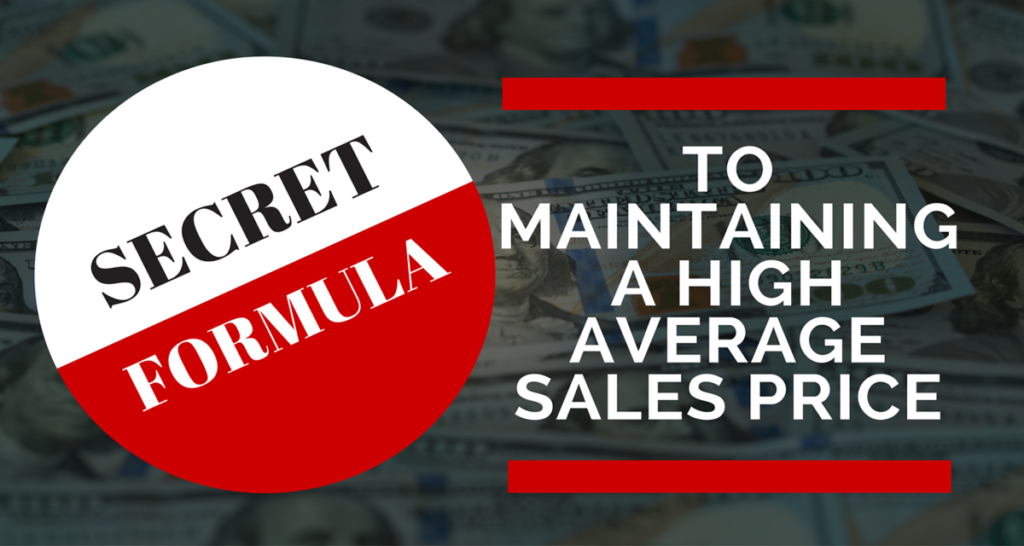When salespeople fail to uncover their customer’s specific core emotional motivators they often resort to using a shotgun approach. They rattle off a host of features and benefits, hoping one will stick. This approach hardly ever works, especially in the age of information overload.
Think about smartphones for example. If you’re like most people, you were focused on a few key benefits when you walked into the store, like making and receiving calls, emailing, and possibly storage capacity (by the way, I said most people; I know there are some of you hotshot, super techies out there)! You may have even ordered it like an ice-cream cone:
“I’ll have that one with 64 Gigs and the large screen.”
However, if the salesperson is not listening, not caring, rambles off a host of features (what we call “feature dumping”), and spends an hour sharing every possible app and function of the phone with you, chances are you’ll become overwhelmed and make your escape. People would rather make no decision than make the wrong decision.
[Tweet “People would rather make no decision than make the wrong decision.”]
Most likely, these salespeople sell on price alone, resulting in far lower commissions than those salespeople who consistently maintain a high sales price.
The secret to maintaining a high average sales price is to sell based on value, rather than simply price. To do so, follow these five steps:
#1 – Build strong trust at the onset by creating rapport based on values not just baseball teams. Trust is deepened when we discuss values such as children or politics (yes politics, so long as your views are the same), as well as similar goals and ambitions.
#2 – Find out the WIFM by asking the customer who, what, and where questions in the discovery and, most importantly, WHY questions. “Why is that important to you?” “Why haven’t you done anything to solve that?” Switch “why” with “I’m curious” and then “how come. ““How come you’re deciding to do something about it now?” Uncover problems with questions such as, “What are the three biggest challenges you are experiencing with _____?” “If you could change anything about ____, what would it be?” “What impact does that have on your life and your business?” “If you had a magic wand and you could make the impossible possible what would you do?”
#3 – Link your customer’s responses to your products or services. Once you know what’s in it for your customer, simply show her how your solution will give her more of what she wants and how it will solve her specific problems. Use phrases, like “Earlier you were telling me that you weren’t happy with x. The nice thing about y is that you’ll no longer have to deal with x!”
#4 – If and when you get resistance, don’t simply drop the price or change the deal. Ask the customer questions to isolate their concerns. Chances are their issues aren’t related to money at all. They may not be certain yours is the best product, or they’re confused about all of your product options. People would rather make no decision than make the wrong decision. Use phrases such as, “I understand you need to run this by so and so. If so and so approves, will you be moving forward? Why or Why not?” Or, “I hear that price is an issue. Just out of curiosity, how much too much is it? If it were that price why would you purchase it?”
#5 – Don’t let your own views on price cloud your judgment. I’ve witnessed countless salespeople drop the price or change the deal because they can’t afford what they’re selling or they don’t see the value in their product or service. When we find out what’s truly important, even urgent, to our customers, it’s easy to build value that can far exceed price.
If the value is strong enough, the objections will go away.
[Tweet “If the value is strong enough, the objections will go away.”]
